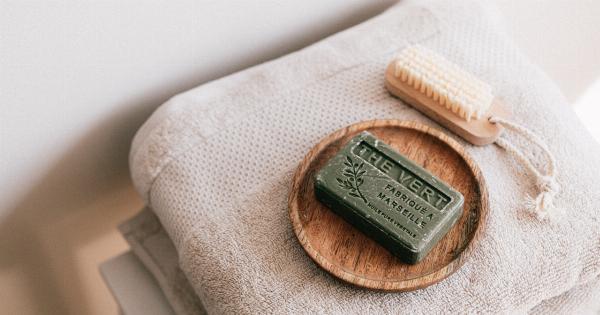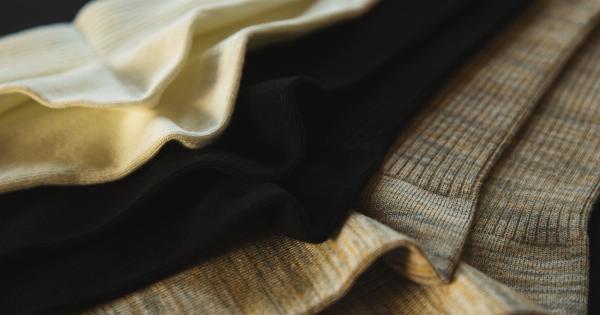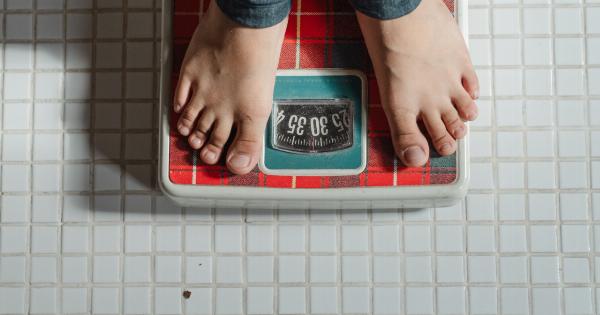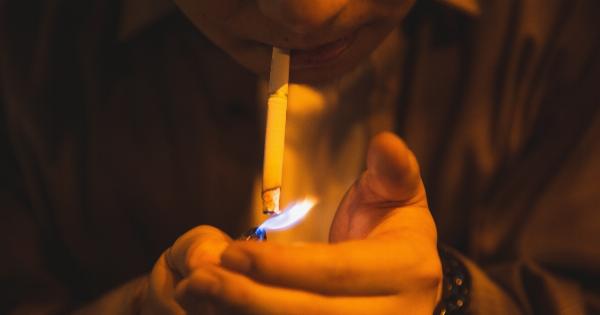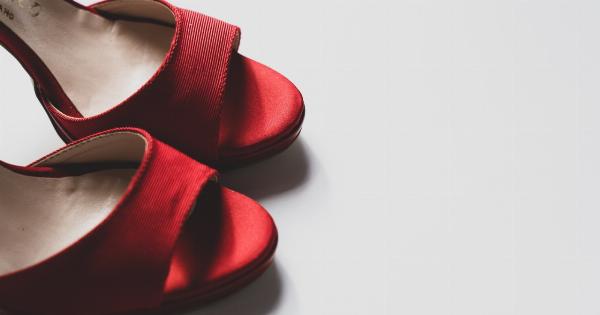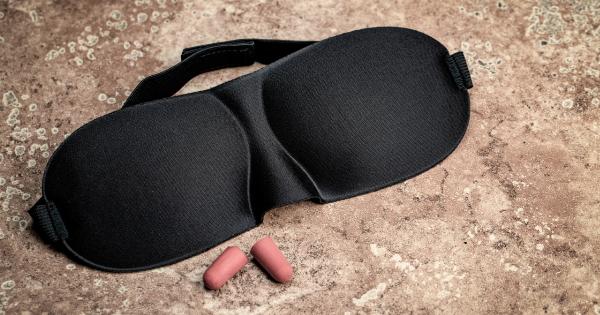Footwear plays an important role in our daily lives. They protect our feet from injuries and help us move around with ease and comfort. However, our shoes can also become a breeding ground for a hazardous bacterium known as Staphylococcus aureus.
What is Staphylococcus aureus?
Staphylococcus aureus, commonly referred to as Staph, is a bacterium that resides on the skin and in the nose of healthy individuals. In most cases, Staphylococcus aureus does not cause any harm and is not easily transmitted from person to person.
However, Staphylococcus aureus can cause serious infections if it enters the bloodstream or is introduced into the body through a wound or medical device. It can cause skin infections such as impetigo, boils, and cellulitis.
It can also cause food poisoning, pneumonia and toxic shock syndrome, a potentially life-threatening condition.
How does Staphylococcus aureus spread?
Staphylococcus aureus is highly contagious and can be easily transmitted from one person to another. One of the most common ways in which Staphylococcus aureus is spread is through skin-to-skin contact.
This can happen during everyday interactions such as shaking hands or hugging.
Staphylococcus aureus can also be spread by touching contaminated surfaces or objects such as doorknobs, towels, and clothing. Additionally, Staphylococcus aureus can be transmitted through contaminated food, water, and medical equipment.
How does Staphylococcus aureus get into shoes?
Staphylococcus aureus can get into shoes when we wear them without socks or when we sweat excessively. Sweat provides a warm, moist environment that is ideal for bacteria to thrive.
Staphylococcus aureus can also get into shoes through cuts and blisters on the feet, which provide an entry point for the bacterium.
In addition, Staphylococcus aureus can get into shoes if they come into contact with contaminated surfaces such as floors, carpets, and gym equipment.
What are the symptoms of Staphylococcus aureus infection?
The symptoms of Staphylococcus aureus infection depend on the type of infection that has occurred. If it is a skin infection, symptoms may include redness, warmth, and pain at the site of infection. There may also be pus or drainage from the site.
If Staphylococcus aureus infects the bloodstream, it can cause fever, chills, and low blood pressure. In severe cases, it can cause sepsis, which is a life-threatening condition.
How can we prevent Staphylococcus aureus infection from shoes?
There are several steps we can take to prevent Staphylococcus aureus from infecting our feet or spreading to other parts of the body. Here are some of them:.
Wear socks
Wearing socks can help absorb sweat and prevent bacteria from flourishing in shoes. It also provides a barrier between the feet and shoes, preventing cuts and blisters from becoming infected.
Wash feet regularly
Washing the feet regularly with soap and water can help remove dirt and sweat that can contribute to the growth of bacteria. It is important to dry the feet thoroughly, especially between the toes, to prevent moisture buildup.
Clean shoes regularly
Cleaning shoes regularly can help remove any bacteria or dirt that may have accumulated in them. Use warm, soapy water to clean the shoes and allow them to dry completely before wearing them again.
Avoid sharing shoes
Avoid sharing shoes with others, as it can increase the risk of spreading Staphylococcus aureus and other infections.
Avoid walking barefoot in public places
Avoid walking barefoot in public places such as swimming pools, locker rooms, and showers, as they can be a breeding ground for Staphylococcus aureus and other bacteria.
Seek medical attention for any foot injuries
If you have any foot injuries such as cuts or blisters, seek medical attention promptly to prevent them from becoming infected with Staphylococcus aureus.
Conclusion
Staphylococcus aureus is a dangerous bacterium that can cause serious infections if left untreated. It can easily spread through contaminated surfaces and skin-to-skin contact.
Wearing socks, washing feet regularly, cleaning shoes, avoiding sharing shoes, and seeking medical attention for foot injuries are some of the ways we can prevent Staphylococcus aureus from infecting our feet and spreading to other parts of the body.









